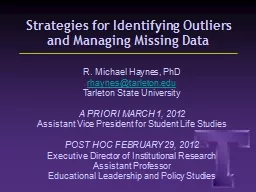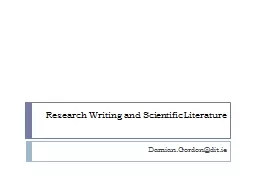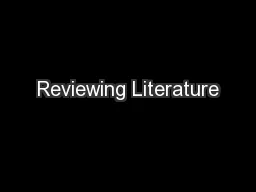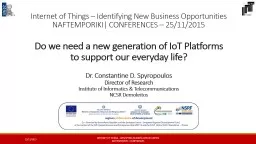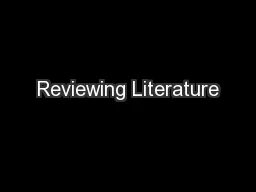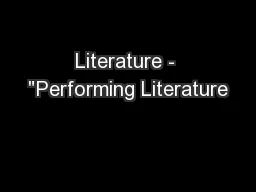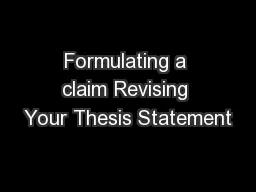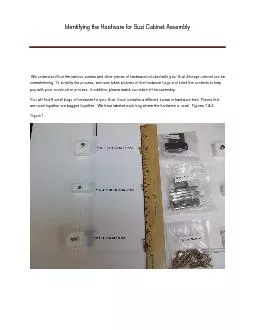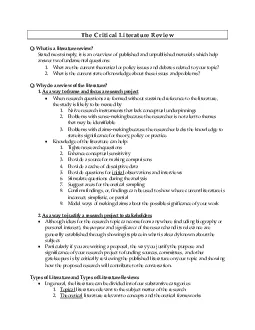PPT-Formulating a research question and identifying literature
Author : alexa-scheidler | Published Date : 2017-04-24
Luciano Rispoli Formulating a research question Before you begin writing a research proposal take some time to map out your research strategy A necessary first step
Presentation Embed Code
Download Presentation
Download Presentation The PPT/PDF document "Formulating a research question and iden..." is the property of its rightful owner. Permission is granted to download and print the materials on this website for personal, non-commercial use only, and to display it on your personal computer provided you do not modify the materials and that you retain all copyright notices contained in the materials. By downloading content from our website, you accept the terms of this agreement.
Formulating a research question and identifying literature: Transcript
Download Rules Of Document
"Formulating a research question and identifying literature"The content belongs to its owner. You may download and print it for personal use, without modification, and keep all copyright notices. By downloading, you agree to these terms.
Related Documents


